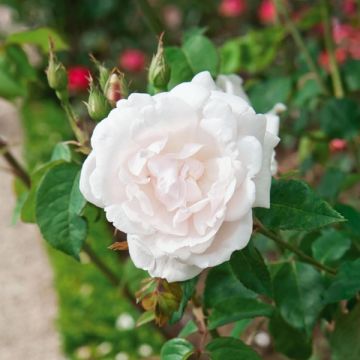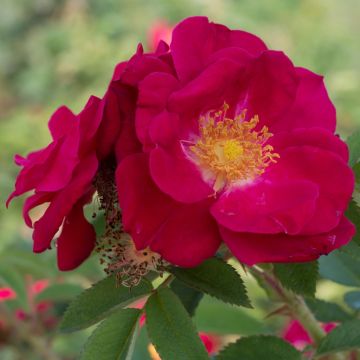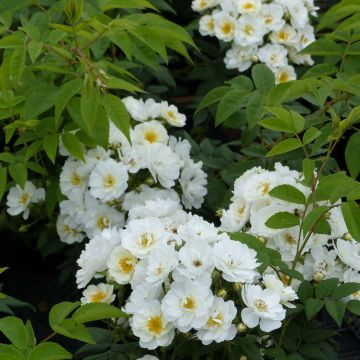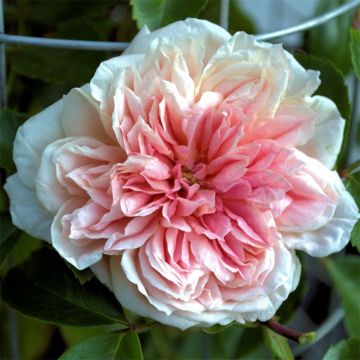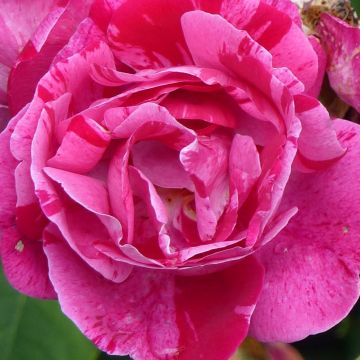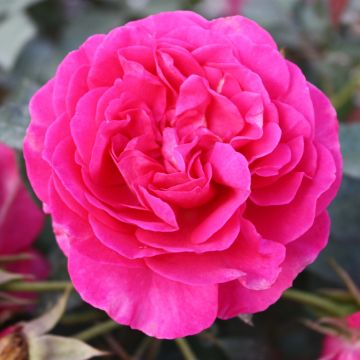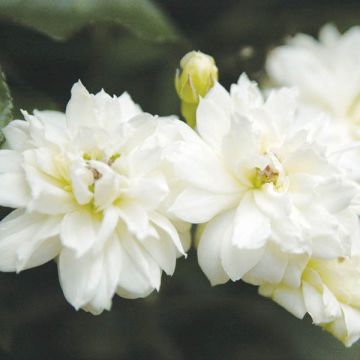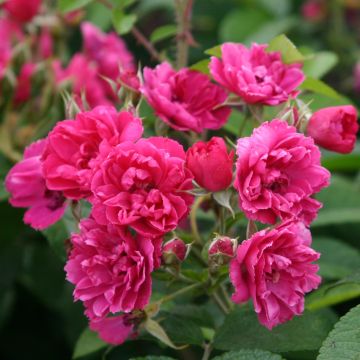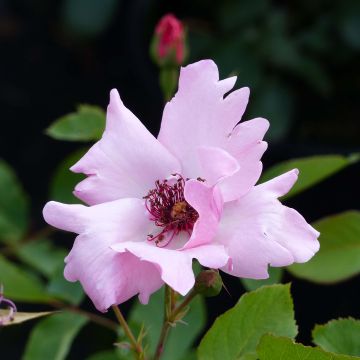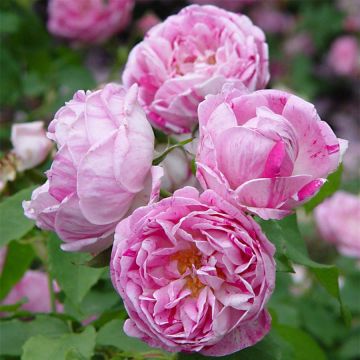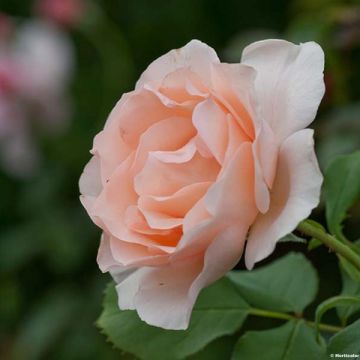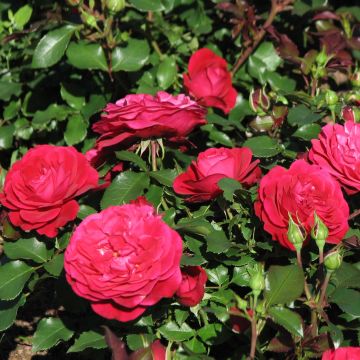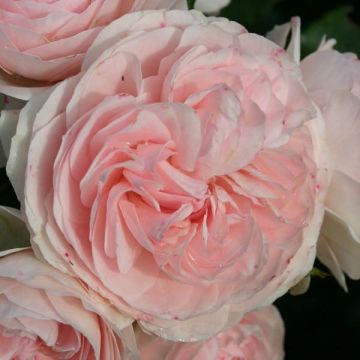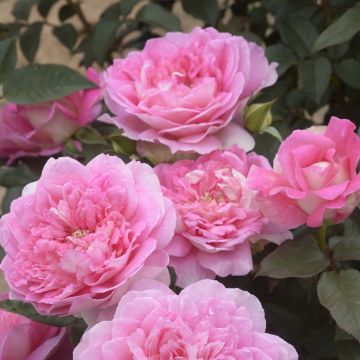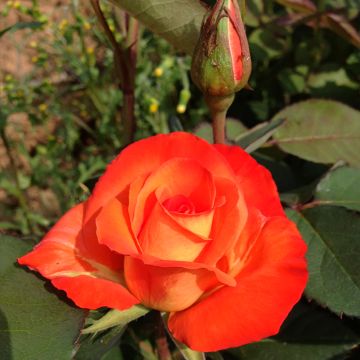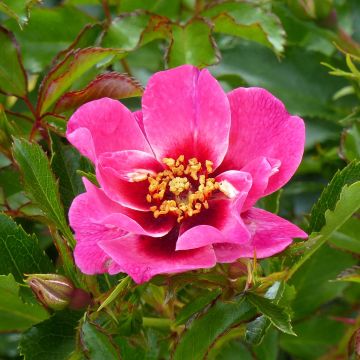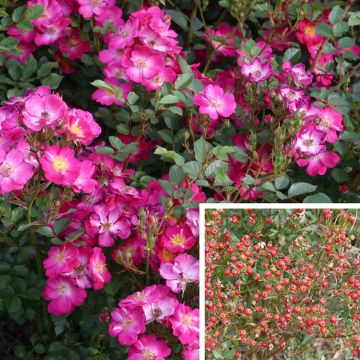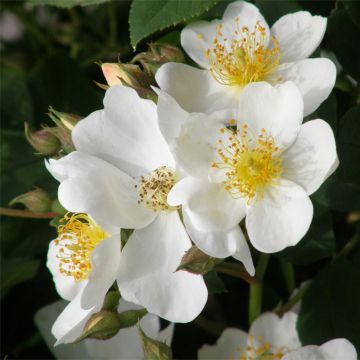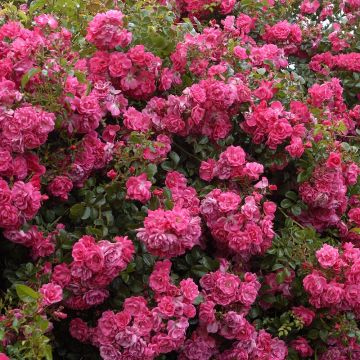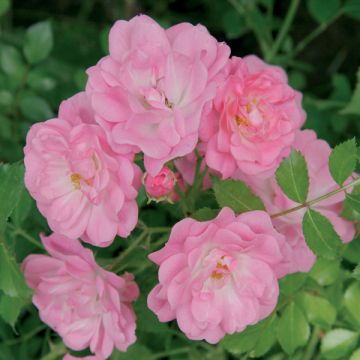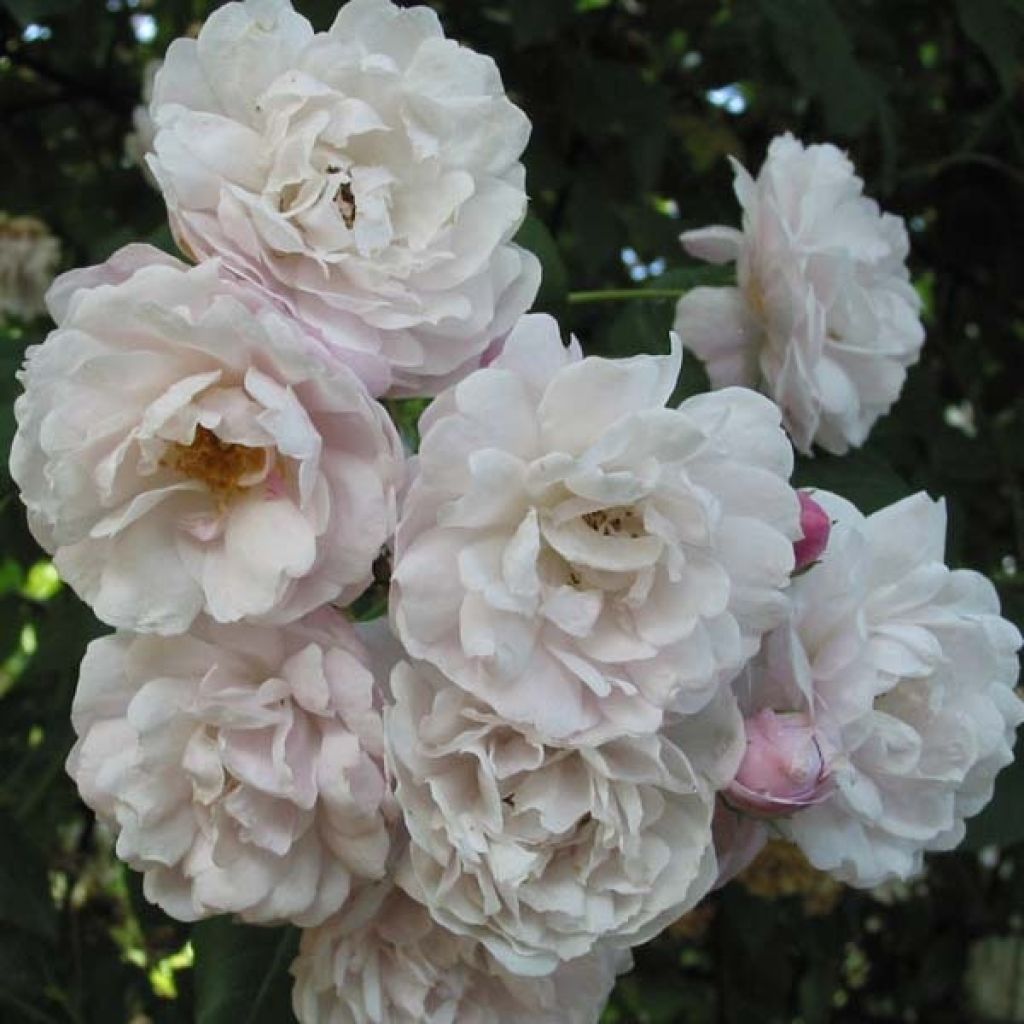

Rosa Blush Noisette - Climbing Rose
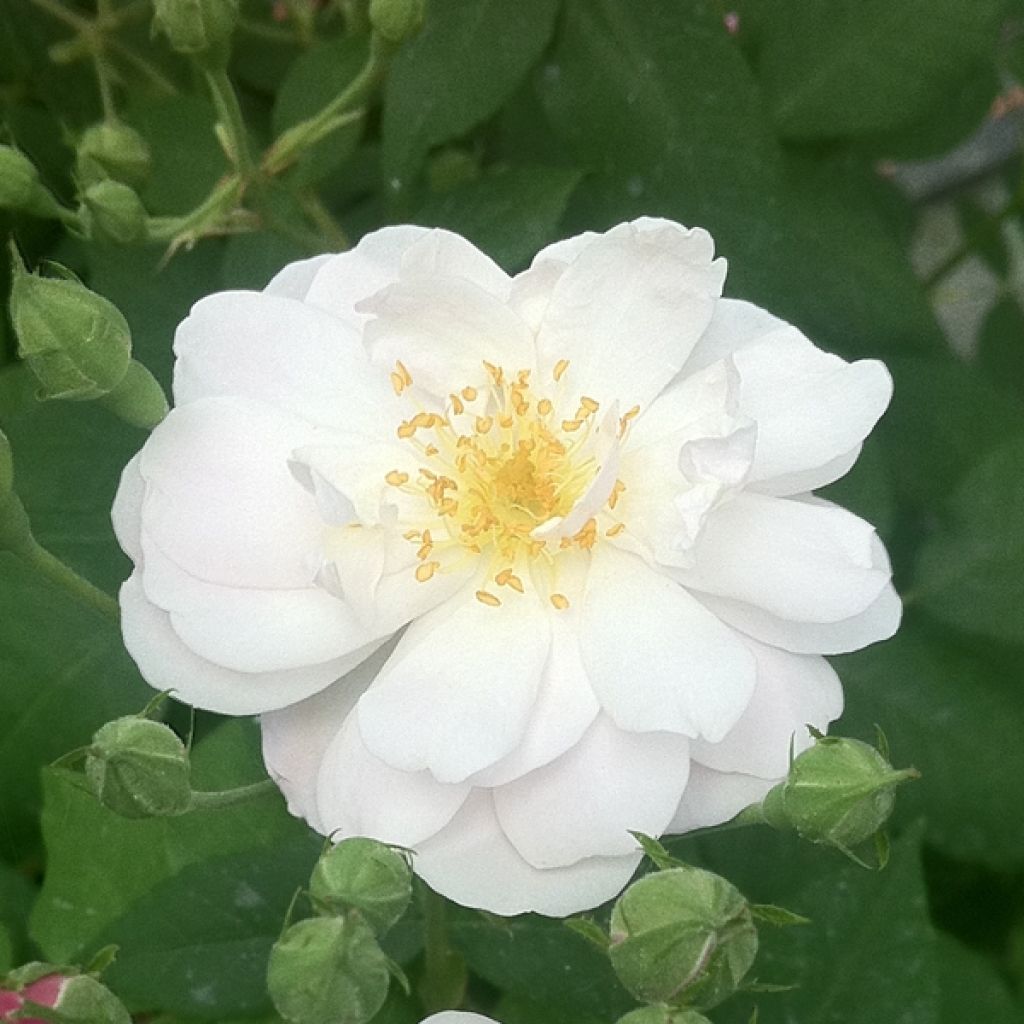

Rosa Blush Noisette - Climbing Rose
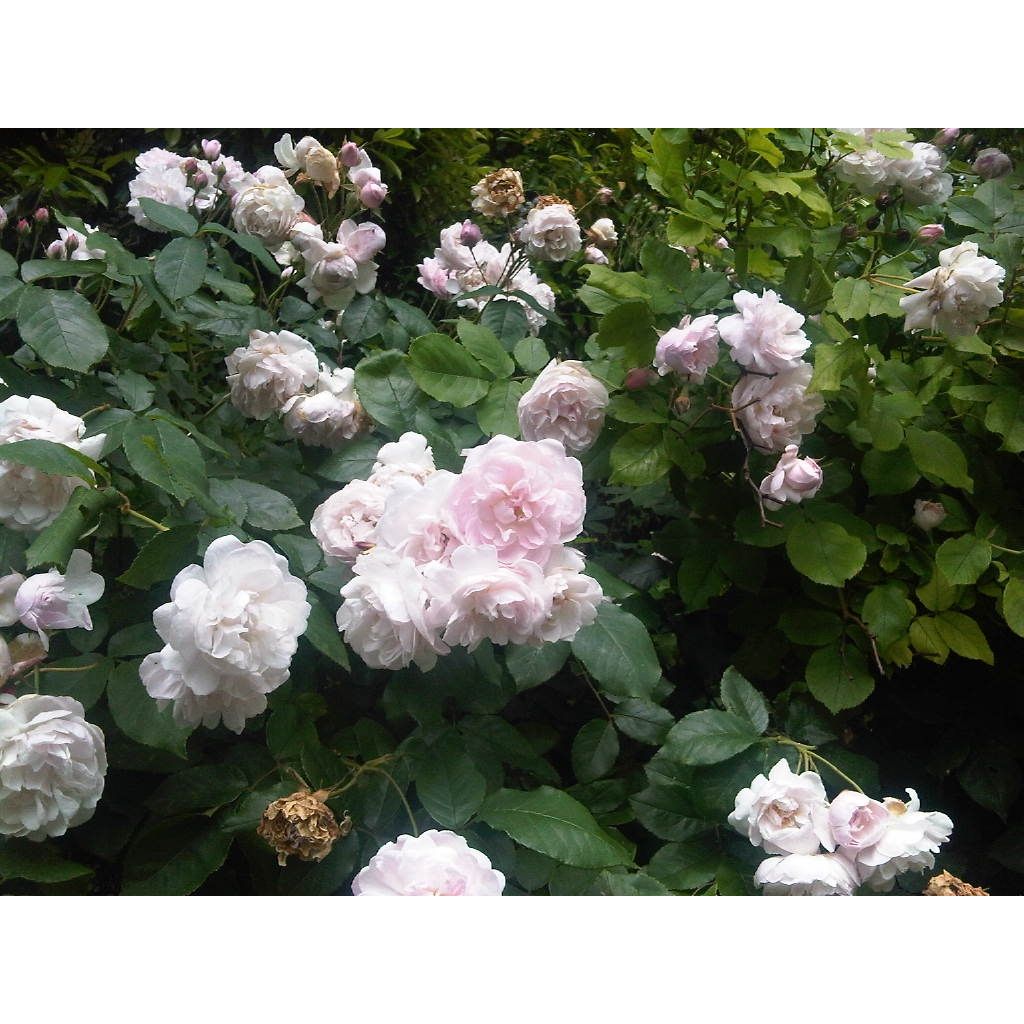

Rosa Blush Noisette - Climbing Rose
Rosa Blush Noisette - Climbing Rose
Rosa Blush Noisette
This item cannot be shipped to the selected country
Delivery charge from €5.90
Delivery charge from €5.90
Delivery to Corse prohibited
More information
Schedule delivery date,
and select date in basket
This plant carries a 24 months recovery warranty
More information
We guarantee the quality of our plants for a full growing cycle, and will replace at our expense any plant that fails to recover under normal climatic and planting conditions.
From €5.90 for pickup delivery and €6.90 for home delivery
Express home delivery from €8.90.
From €5.90 for pickup delivery and €6.90 for home delivery
Express home delivery from €8.90.
Delivery to Corse prohibited: UE law prohibits the import of this plant from mainland France to Corse as part of the fight against Xylella fastidiosa. Please accept our sincere apologies.
More information
Does this plant fit my garden?
Set up your Plantfit profile →
Description
The Old Rose Blush Noisette is an easy-to-grow, very healthy, robust, and low-thorn old rose variety, with reliably abundant flowering that continues until autumn. Whether grown as a bushy shrub or a small climbing rose, it is invariably delightful. Its small double roses exude a pleasant clove fragrance, particularly in mild and sunny weather. They bloom in clusters, emerging from pink buds and opening into cups that gradually lighten almost to white. Place 'Blush Noisette' in partial shade, where the delicate colour of its slightly fuzzy roses will be highlighted.
The history of the 'Blush Noisette' rose begins around 1810 in Charleston, South Carolina, the residence of Philippe Noisette, who would leave his name in rose history. He gave his neighbour, John Champney, a rose enthusiast and rice planter, the Old Blush rose that had been sent to him by his brother. John Champney then attempted to crossbreed this highly floriferous China rose with the musk rose, Rosa moschata, which is highly fragrant. He named this new rose Champney's Pink Cluster and gave seeds to his friend and neighbour, Philippe Noisette, as a thank you. Philippe sent the seeds to his brother Louis, who was in France, and he sowed them and obtained the first Noisette rose in 1817: 'Blush Noisette' was born. The famous Joseph Redouté included this innovative rose in his book on roses under the name Rosa noisettiana or 'rose of Philippe Noisette'.
Descendants of this rose are illustrious roses still planted in our gardens, such as Aimée Vibert (a hybrid of Rosa sempervirens), Madame Alfred Carrière, Jaune Desprez, Gloire de Dijon, and Rêve d'Or, which were obtained through crosses with Tea roses.
Although it takes a while to establish itself, 'Blush Noisette' proves to be vigorous and makes an excellent low-maintenance garden plant. If left to grow freely, it will reach approximately 1.80 m (6ft) in height and 1.50 m (5ft) in width. It can also be trained to climb on a vertical support, reaching heights of up to 3-4 m (10-13ft) depending on the climate. Its abundant deciduous foliage falls in autumn and reappears in spring. The leaves are composed of leaflets that are somewhat soft, with a light to greyish-green colour and purple veins, and are highly resistant to diseases. The long arching branches of this rose, which are reddish in colour and have few thorns, gracefully bend under the weight of the flowers.
Flowering occurs from May to October, almost continuously, except in regions where the summers are very dry. In mild climates and with moist soil, it can flower throughout the year. The semi-double to double flowers are 5 to 6 cm (2in) wide and are arranged in clusters on the current year's growth. They consist of 20 to 35 slightly ruffled petals, arranged in informal cups. The flower buds, which are more or less deep pink, open into tight pompoms before fully blooming into flat flowers with golden stamens at the centre. Their colour evolves from pale lilac pink to white-pink.
'Blush Noisette' is a heat and drought-resistant rose once established, hardy -15°C (5°F). Its flowers can be damaged by rain. Training it along a trellis or pillar will provide height and allow you to enjoy its flowers at eye and nose level. However, you can also choose to let it grow as a large spreading bush at the edge of a flower bed or plant it as a free-standing hedge. It can also be planted at the base of a tall rose (such as Paul's Himalayan Musk, Filipes Kiftsgate, or Treasure Trove) to elegantly cover its base. For example, you can pair it with a vigorous and easy-to-grow clematis like Clematis viticella Purpurea Plena Elegans or Prince Charles. This bush adapts well to shaded situations and prefers them over hot and very sunny exposures, especially in warm and sunny regions.
Bred by Noisette, around 1817.
Report an error about the product description
Rosa Blush Noisette - Climbing Rose in pictures
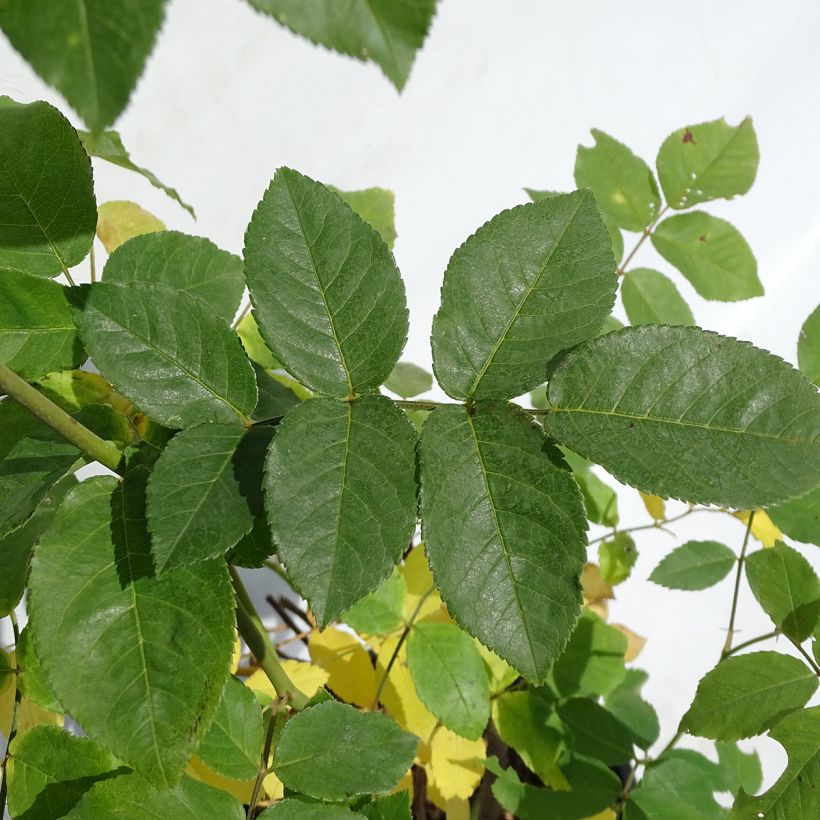

Plant habit
Flowering
Foliage
Botanical data
Rosa
Blush Noisette
Rosaceae
Cultivar or hybrid
Rosa canina Laxa (4L/5L pot)
Other Traditional Roses
Planting and care
Plant your Blush Noisette Rose in a semi-shady or shady location (it tolerates it but will be less floriferous), especially avoid direct sunlight during midday or late afternoon in hot regions. Also, be careful of excessive limestone or acidity at its base. Noisette roses will adapt to any garden as long as the soil is well worked, deep, and sufficiently rich. To plant your rose, prepare the soil by crumbling it well and adding an amendment, such as bonemeal, at the bottom of the planting hole. Water generously after planting to remove any air pockets. Water regularly for a few weeks to facilitate root growth, as well as during the first two dry summers in your garden. Once well established, 'Blush Noisette' can go without watering in the summer in all our regions. Pruning old climbers is quite light, mainly removing unsightly or intertwining branches to maintain its shape. To rejuvenate the rose, cut one or two old (grayish) branches at the base every 3 years.
Roses are often stained or unsightly at the end of summer, but it does not affect their development. These spots are not harmful to the rose, it is a natural phenomenon.
Planting period
Intended location
Care
-
, onOrder confirmed
Reply from on Promesse de fleurs
Roses by purpose
Haven't found what you were looking for?
Hardiness is the lowest winter temperature a plant can endure without suffering serious damage or even dying. However, hardiness is affected by location (a sheltered area, such as a patio), protection (winter cover) and soil type (hardiness is improved by well-drained soil).

Photo Sharing Terms & Conditions
In order to encourage gardeners to interact and share their experiences, Promesse de fleurs offers various media enabling content to be uploaded onto its Site - in particular via the ‘Photo sharing’ module.
The User agrees to refrain from:
- Posting any content that is illegal, prejudicial, insulting, racist, inciteful to hatred, revisionist, contrary to public decency, that infringes on privacy or on the privacy rights of third parties, in particular the publicity rights of persons and goods, intellectual property rights, or the right to privacy.
- Submitting content on behalf of a third party;
- Impersonate the identity of a third party and/or publish any personal information about a third party;
In general, the User undertakes to refrain from any unethical behaviour.
All Content (in particular text, comments, files, images, photos, videos, creative works, etc.), which may be subject to property or intellectual property rights, image or other private rights, shall remain the property of the User, subject to the limited rights granted by the terms of the licence granted by Promesse de fleurs as stated below. Users are at liberty to publish or not to publish such Content on the Site, notably via the ‘Photo Sharing’ facility, and accept that this Content shall be made public and freely accessible, notably on the Internet.
Users further acknowledge, undertake to have ,and guarantee that they hold all necessary rights and permissions to publish such material on the Site, in particular with regard to the legislation in force pertaining to any privacy, property, intellectual property, image, or contractual rights, or rights of any other nature. By publishing such Content on the Site, Users acknowledge accepting full liability as publishers of the Content within the meaning of the law, and grant Promesse de fleurs, free of charge, an inclusive, worldwide licence for the said Content for the entire duration of its publication, including all reproduction, representation, up/downloading, displaying, performing, transmission, and storage rights.
Users also grant permission for their name to be linked to the Content and accept that this link may not always be made available.
By engaging in posting material, Users consent to their Content becoming automatically accessible on the Internet, in particular on other sites and/or blogs and/or web pages of the Promesse de fleurs site, including in particular social pages and the Promesse de fleurs catalogue.
Users may secure the removal of entrusted content free of charge by issuing a simple request via our contact form.
The flowering period indicated on our website applies to countries and regions located in USDA zone 8 (France, the United Kingdom, Ireland, the Netherlands, etc.)
It will vary according to where you live:
- In zones 9 to 10 (Italy, Spain, Greece, etc.), flowering will occur about 2 to 4 weeks earlier.
- In zones 6 to 7 (Germany, Poland, Slovenia, and lower mountainous regions), flowering will be delayed by 2 to 3 weeks.
- In zone 5 (Central Europe, Scandinavia), blooming will be delayed by 3 to 5 weeks.
In temperate climates, pruning of spring-flowering shrubs (forsythia, spireas, etc.) should be done just after flowering.
Pruning of summer-flowering shrubs (Indian Lilac, Perovskia, etc.) can be done in winter or spring.
In cold regions as well as with frost-sensitive plants, avoid pruning too early when severe frosts may still occur.
The planting period indicated on our website applies to countries and regions located in USDA zone 8 (France, United Kingdom, Ireland, Netherlands).
It will vary according to where you live:
- In Mediterranean zones (Marseille, Madrid, Milan, etc.), autumn and winter are the best planting periods.
- In continental zones (Strasbourg, Munich, Vienna, etc.), delay planting by 2 to 3 weeks in spring and bring it forward by 2 to 4 weeks in autumn.
- In mountainous regions (the Alps, Pyrenees, Carpathians, etc.), it is best to plant in late spring (May-June) or late summer (August-September).
The harvesting period indicated on our website applies to countries and regions in USDA zone 8 (France, England, Ireland, the Netherlands).
In colder areas (Scandinavia, Poland, Austria...) fruit and vegetable harvests are likely to be delayed by 3-4 weeks.
In warmer areas (Italy, Spain, Greece, etc.), harvesting will probably take place earlier, depending on weather conditions.
The sowing periods indicated on our website apply to countries and regions within USDA Zone 8 (France, UK, Ireland, Netherlands).
In colder areas (Scandinavia, Poland, Austria...), delay any outdoor sowing by 3-4 weeks, or sow under glass.
In warmer climes (Italy, Spain, Greece, etc.), bring outdoor sowing forward by a few weeks.

































